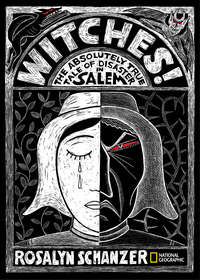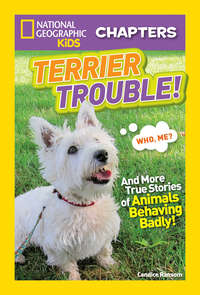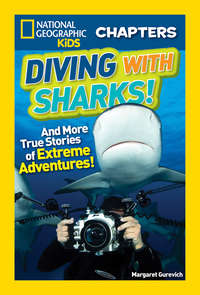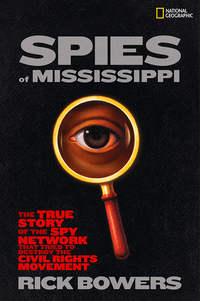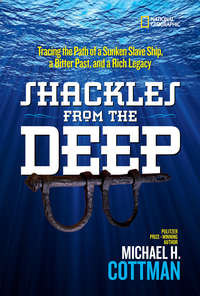Superman versus the Ku Klux Klan: The True Story of How the Iconic Superhero Battled the Men of Hate
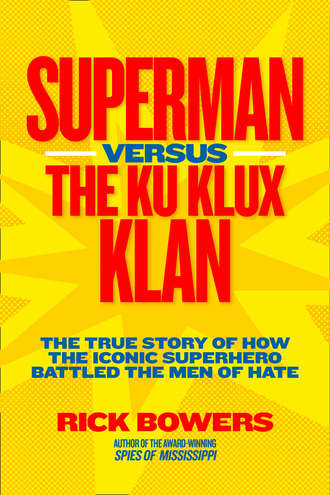
Полная версия
Superman versus the Ku Klux Klan: The True Story of How the Iconic Superhero Battled the Men of Hate
Язык: Английский
Год издания: 2019
Добавлена:
Настройки чтения
Размер шрифта
Высота строк
Поля
Конец ознакомительного фрагмента
Купить и скачать всю книгу

